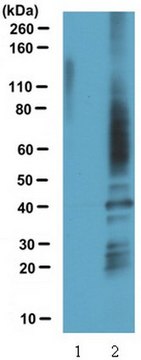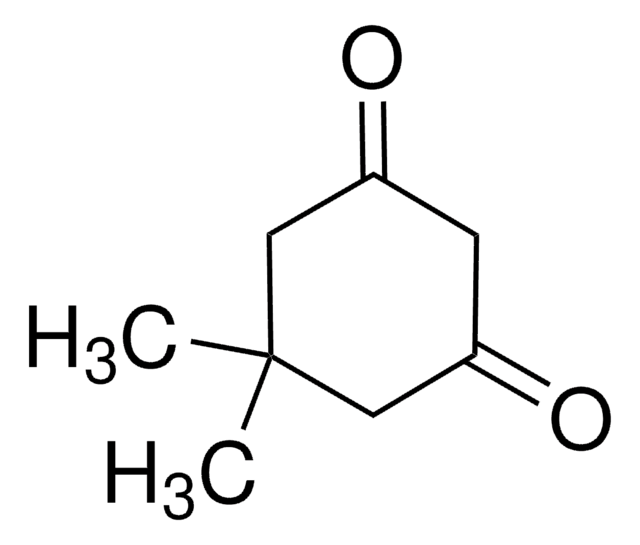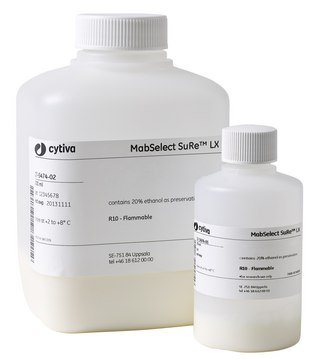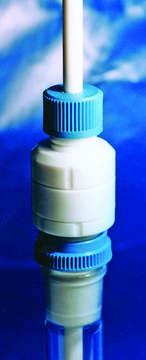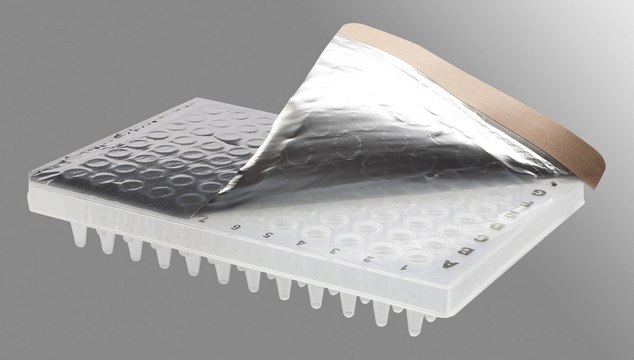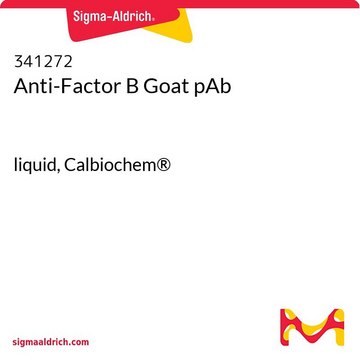07-2139
Anti-Cysteine Sulfenic Acid Antibody
serum, from rabbit
Sign Into View Organizational & Contract Pricing
All Photos(1)
About This Item
UNSPSC Code:
12352203
eCl@ss:
32160702
Recommended Products
biological source
rabbit
antibody form
serum
antibody product type
primary antibodies
clone
polyclonal
species reactivity
mouse, rat, human
species reactivity (predicted by homology)
mammals
technique(s)
western blot: suitable
shipped in
wet ice
target post-translational modification
unmodified
General description
Protein sulfenic acid formation is a reversible post-translational modification that may be used to monitor protein oxidation on reactive cysteines within target proteins. This can be detected with protein sulfenic acid derivatised with dimedone.
Specificity
This antibody recognizes proteins containing cysteine sulfenic acid derivitized with dimedone.
Immunogen
Epitope: Other
KLH-conjugated corresponding to cysteine sulfenic acid.
Application
Anti-Cysteine Sulfenic Acid detects levels of Cysteine Sulfenic Acid proteins & has been published & validated for use in WB.
Research Category
Apoptosis & Cancer
Apoptosis & Cancer
Research Sub Category
General Post-translation Modification
General Post-translation Modification
Western Blot Analysis: A previous lot of this antibody detected cysteine sulfenic acid in NIH/3T3 and HEK293 cell lysates.
Quality
Evaluated by Western Blot in rat ventricular myocyte lysate.
Western Blot Analysis: 1:10,000 dilution of this antibody detected cysteine sulfenic acid on 10 µg of rat ventricular myocyte lysate.
Western Blot Analysis: 1:10,000 dilution of this antibody detected cysteine sulfenic acid on 10 µg of rat ventricular myocyte lysate.
Target description
Multiple kDa are observed that increases with oxidized stress (H2O2).
Physical form
Unpurified
Unpurified rabbit polyclonal with 0.05% sodium azide.
Storage and Stability
Stable for 1 year at from date of receipt.
Handling Recommendations: Upon receipt and prior to removing the cap, centrifuge the vial and gently mix the solution. Aliquot into microcentrifuge tubes and store at -20°C. Avoid repeated freeze/thaw cycles, which may damage IgG and affect product performance.
Handling Recommendations: Upon receipt and prior to removing the cap, centrifuge the vial and gently mix the solution. Aliquot into microcentrifuge tubes and store at -20°C. Avoid repeated freeze/thaw cycles, which may damage IgG and affect product performance.
Analysis Note
Control
Rat ventricular myocyte lysate
Rat ventricular myocyte lysate
Disclaimer
Unless otherwise stated in our catalog or other company documentation accompanying the product(s), our products are intended for research use only and are not to be used for any other purpose, which includes but is not limited to, unauthorized commercial uses, in vitro diagnostic uses, ex vivo or in vivo therapeutic uses or any type of consumption or application to humans or animals.
Not finding the right product?
Try our Product Selector Tool.
Storage Class Code
10 - Combustible liquids
WGK
WGK 1
Certificates of Analysis (COA)
Search for Certificates of Analysis (COA) by entering the products Lot/Batch Number. Lot and Batch Numbers can be found on a product’s label following the words ‘Lot’ or ‘Batch’.
Already Own This Product?
Find documentation for the products that you have recently purchased in the Document Library.
Claire Maller et al.
Antioxidants & redox signaling, 14(1), 49-60 (2010-06-04)
Protein sulfenic acids (SOHs) are the principal oxidation products formed when redox active proteins interact with peroxide molecules. We have developed a new antibody reagent that detects protein SOHs derivatized with dimedone. Using this new antibody, we found that glyceraldehyde
Hayato Irokawa et al.
The Biochemical journal, 478(7), 1453-1470 (2021-03-23)
Redox regulation of proteins via cysteine residue oxidation is involved in the control of various cellular signal pathways. Pyruvate kinase M2 (PKM2), a rate-limiting enzyme in glycolysis, is critical for the metabolic shift from glycolysis to the pentose phosphate pathway
Our team of scientists has experience in all areas of research including Life Science, Material Science, Chemical Synthesis, Chromatography, Analytical and many others.
Contact Technical Service